In an effort to draw in more visitors, the Egyptian Museum recently allowed free photography for a limited time. Photo Editor Mohsen Allam went inside to capture a series of images of some of the museum's most iconic and stunning pieces.
[caption id="attachment_454033" align="alignleft" width="620"]
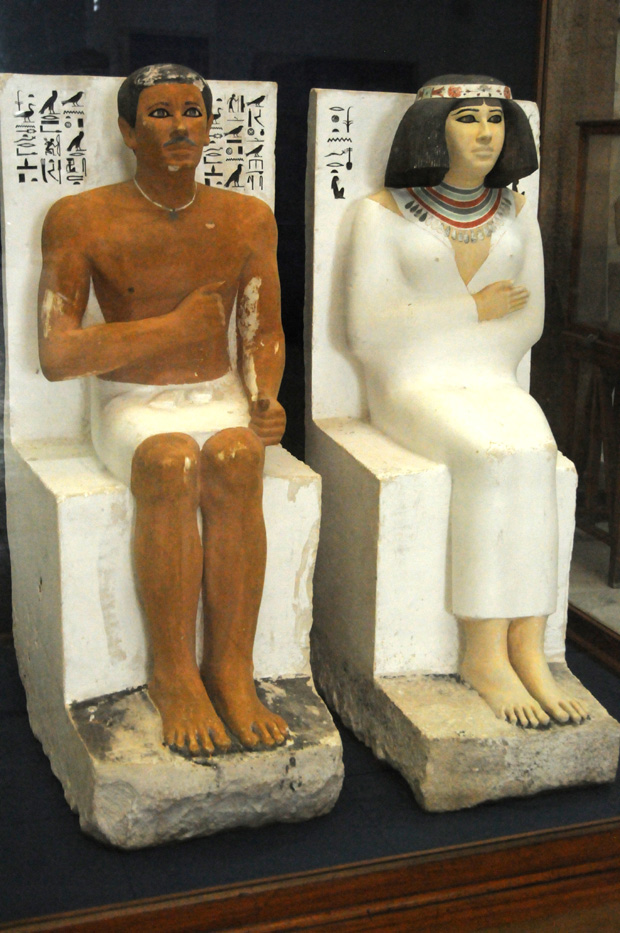
Rahotep, high priest of Heliopolis, and his wife Nofret, whose name means "The Beautiful." A vivid feeling is conveyed by the two figures, which feature remarkable preservation of the painted surface.[/caption]
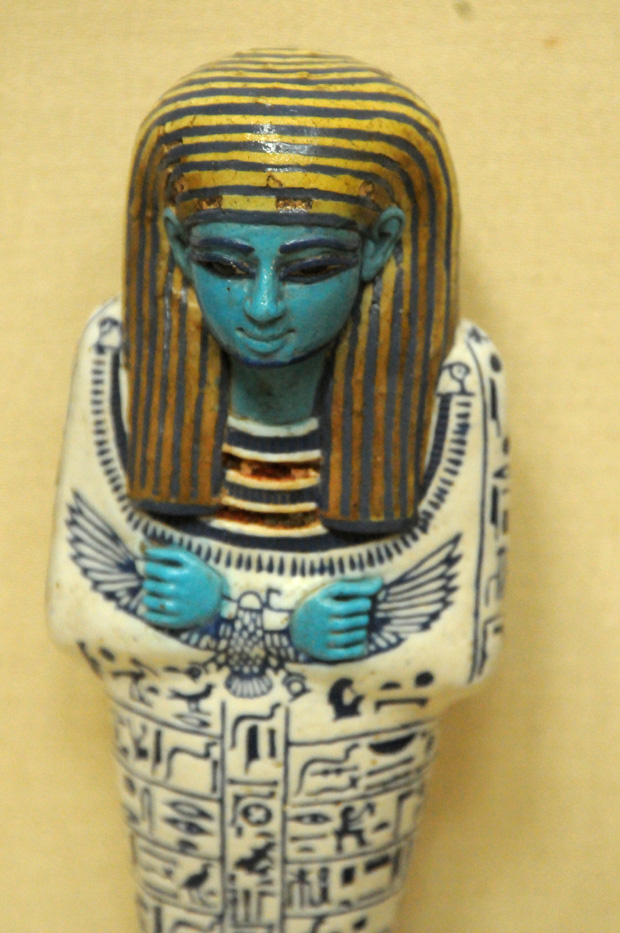

[caption id="attachment_454040" align="alignleft" width="620"]

The funerary mask of Yuya, father of Tiye, who became the Great Royal Wife of Amenhotep III. Yuya was a powerful courtier who lived in the 18th Dynasty.[/caption]
[caption id="attachment_454036" align="alignleft" width="620"]

A mannequin of Tutankhamun, a very life-like representation made of wood, covered in plaster and painted.[/caption]
[caption id="attachment_454034" align="alignleft" width="620"]
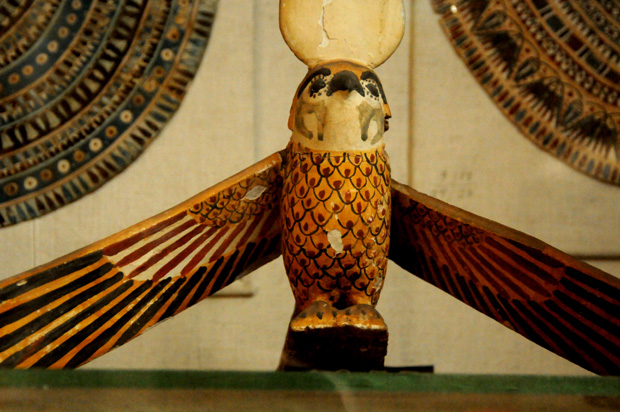
The Saqqara Bird Statue, a falcon-shaped bird from the Late New Kingdom.[/caption]
[caption id="attachment_454039" align="alignleft" width="620"]

Canopic jars were used by the ancient Egyptians during mummification to store the viscera of their owner for the afterlife. They were often carved from limestone or made of clay.[/caption]
[caption id="attachment_454024" align="alignleft" width="620"]
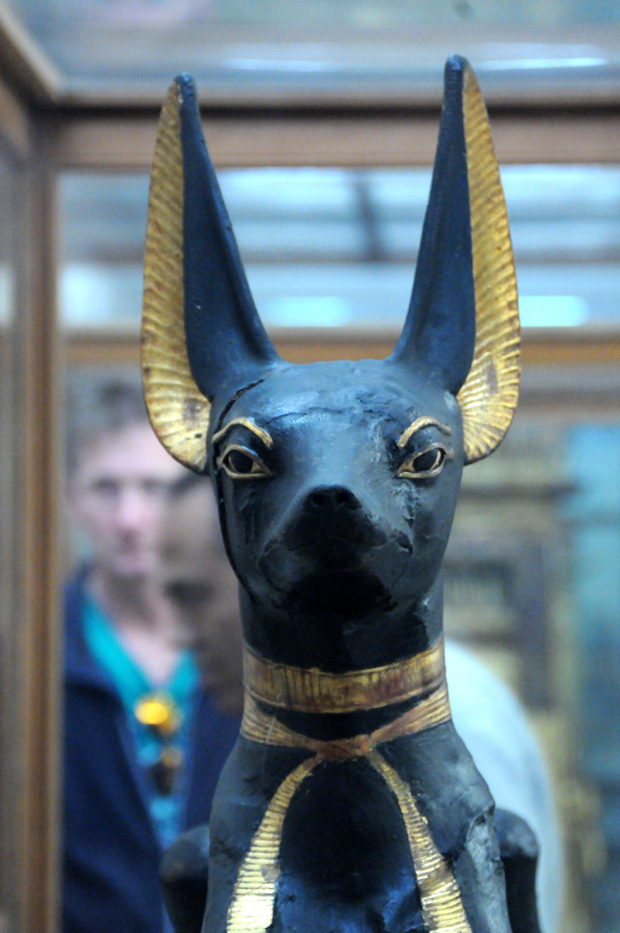
A statue of Anubis, the Ancient Egyptian god of the afterlife, from the Middle Kingdom.[/caption]
[caption id="attachment_454031" align="alignleft" width="620"]
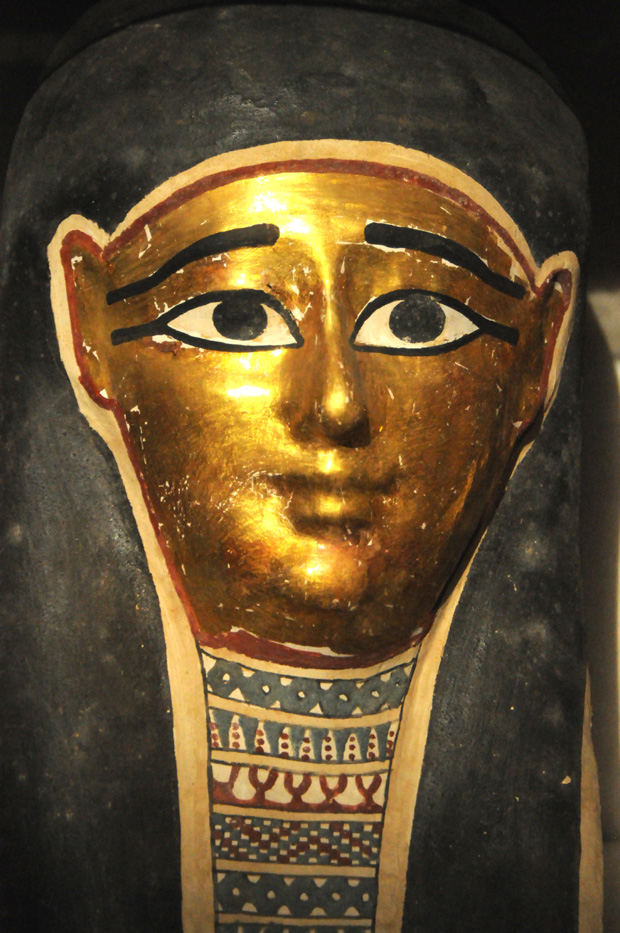
The funerary mask of Nekhet-iset from the Late Period.[/caption]
[caption id="attachment_454025" align="alignleft" width="620"]

This mummy's headdress is made of cartonnage (glued layers of papyrus or linen) and covered with gilding. The golden skin signifies divinity.[/caption]
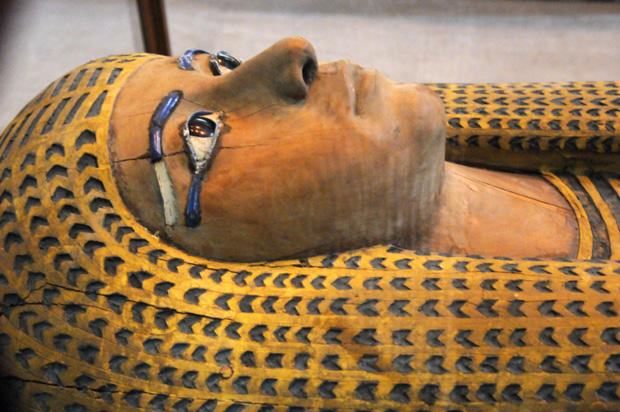
[caption id="attachment_454023" align="alignleft" width="620"]

A mural showing Ramses II grasping the enemies of Egypt by the hair.[/caption]
[caption id="attachment_454037" align="alignleft" width="620"]
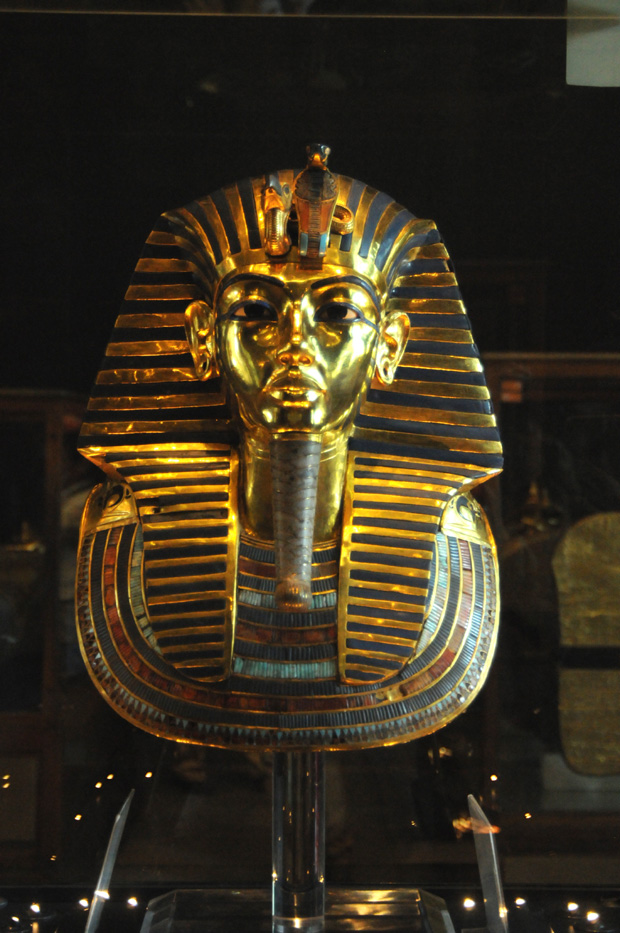
The famous golden mask that was found over the royal mummy's head when King Tutankhamun's tomb was discovered. The piece is one of the museum's most iconic displays.[/caption]
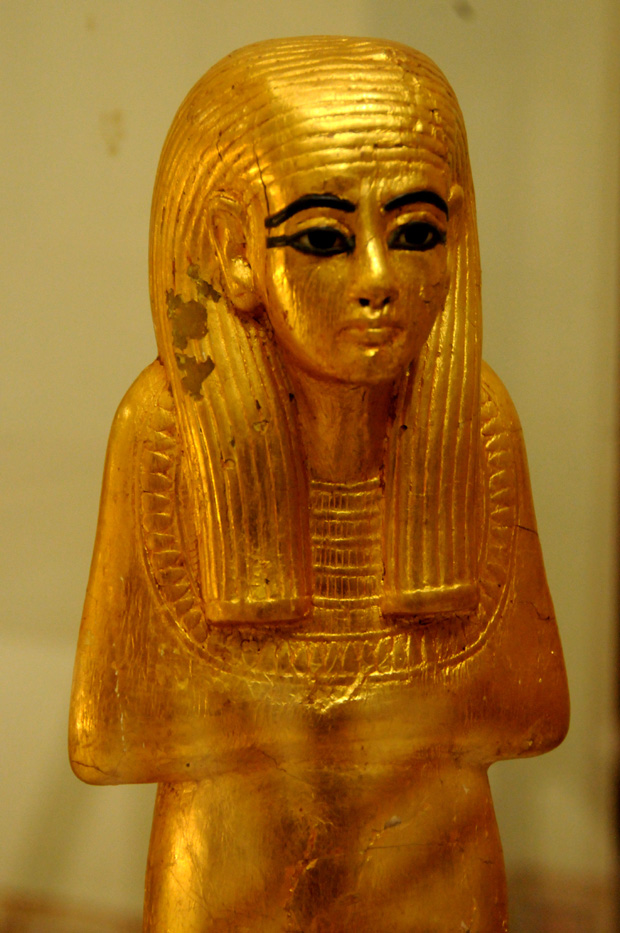
[caption id="attachment_454028" align="alignleft" width="620"]

A mural showing an offering to Osiris, the god of the underworld.[/caption]
[caption id="attachment_454029" align="alignleft" width="620"]
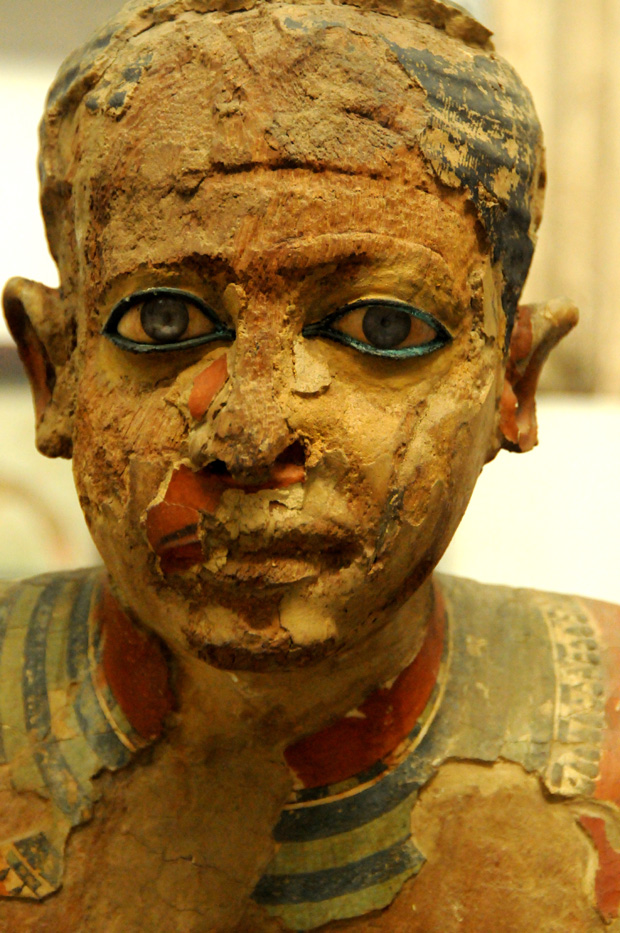
A statue of Mitri as a scribe. Mitri was one of the prominent figures in the 6th Dynasty who served in many positions. His statue was found in his tomb at Saqqara.[/caption]
[caption id="attachment_454038" align="alignleft" width="620"]
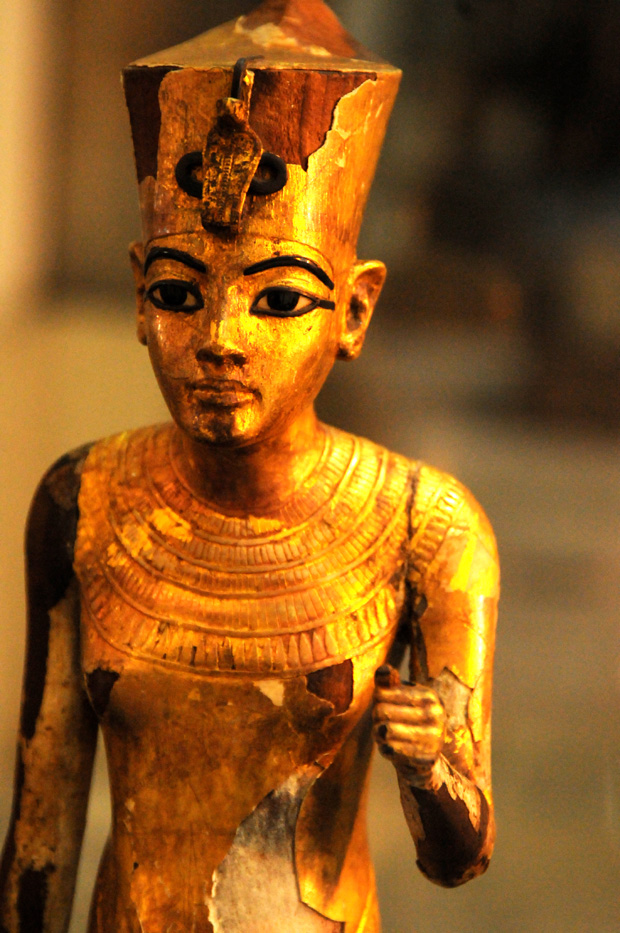
A sculpture of a young Tutankhamun.[/caption]
 Rahotep, high priest of Heliopolis, and his wife Nofret, whose name means "The Beautiful." A vivid feeling is conveyed by the two figures, which feature remarkable preservation of the painted surface.[/caption]
Rahotep, high priest of Heliopolis, and his wife Nofret, whose name means "The Beautiful." A vivid feeling is conveyed by the two figures, which feature remarkable preservation of the painted surface.[/caption]


 The funerary mask of Yuya, father of Tiye, who became the Great Royal Wife of Amenhotep III. Yuya was a powerful courtier who lived in the 18th Dynasty.[/caption]
The funerary mask of Yuya, father of Tiye, who became the Great Royal Wife of Amenhotep III. Yuya was a powerful courtier who lived in the 18th Dynasty.[/caption]
 A mannequin of Tutankhamun, a very life-like representation made of wood, covered in plaster and painted.[/caption]
A mannequin of Tutankhamun, a very life-like representation made of wood, covered in plaster and painted.[/caption]
 The Saqqara Bird Statue, a falcon-shaped bird from the Late New Kingdom.[/caption]
The Saqqara Bird Statue, a falcon-shaped bird from the Late New Kingdom.[/caption]
 Canopic jars were used by the ancient Egyptians during mummification to store the viscera of their owner for the afterlife. They were often carved from limestone or made of clay.[/caption]
Canopic jars were used by the ancient Egyptians during mummification to store the viscera of their owner for the afterlife. They were often carved from limestone or made of clay.[/caption]
 A statue of Anubis, the Ancient Egyptian god of the afterlife, from the Middle Kingdom.[/caption]
A statue of Anubis, the Ancient Egyptian god of the afterlife, from the Middle Kingdom.[/caption]
 The funerary mask of Nekhet-iset from the Late Period.[/caption]
The funerary mask of Nekhet-iset from the Late Period.[/caption]
 This mummy's headdress is made of cartonnage (glued layers of papyrus or linen) and covered with gilding. The golden skin signifies divinity.[/caption]
This mummy's headdress is made of cartonnage (glued layers of papyrus or linen) and covered with gilding. The golden skin signifies divinity.[/caption]

 A mural showing Ramses II grasping the enemies of Egypt by the hair.[/caption]
A mural showing Ramses II grasping the enemies of Egypt by the hair.[/caption]
 The famous golden mask that was found over the royal mummy's head when King Tutankhamun's tomb was discovered. The piece is one of the museum's most iconic displays.[/caption]
The famous golden mask that was found over the royal mummy's head when King Tutankhamun's tomb was discovered. The piece is one of the museum's most iconic displays.[/caption]

 A mural showing an offering to Osiris, the god of the underworld.[/caption]
A mural showing an offering to Osiris, the god of the underworld.[/caption]
 A statue of Mitri as a scribe. Mitri was one of the prominent figures in the 6th Dynasty who served in many positions. His statue was found in his tomb at Saqqara.[/caption]
A statue of Mitri as a scribe. Mitri was one of the prominent figures in the 6th Dynasty who served in many positions. His statue was found in his tomb at Saqqara.[/caption]
 A sculpture of a young Tutankhamun.[/caption]
A sculpture of a young Tutankhamun.[/caption]
Comments
Leave a Comment